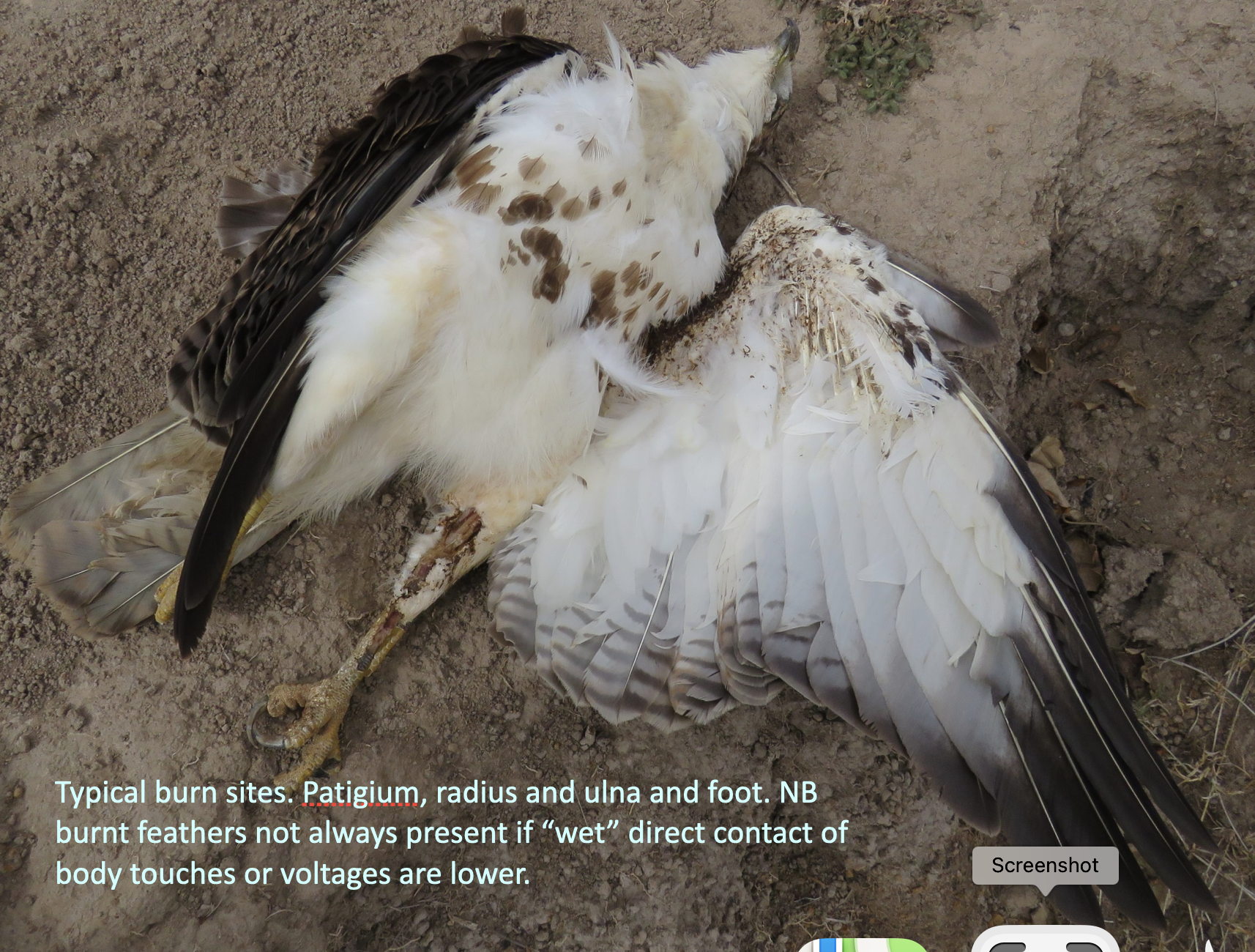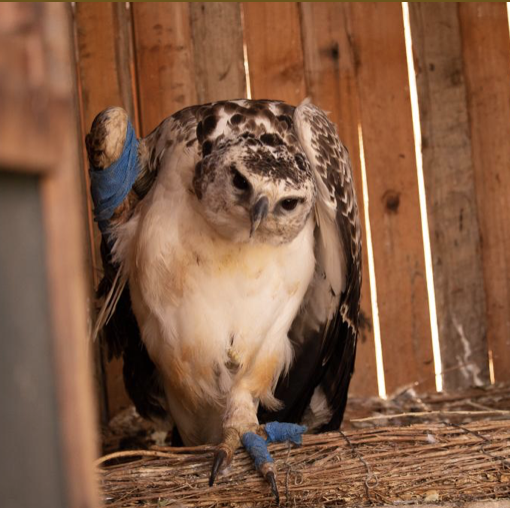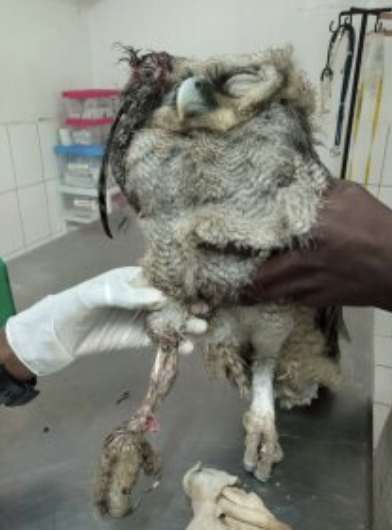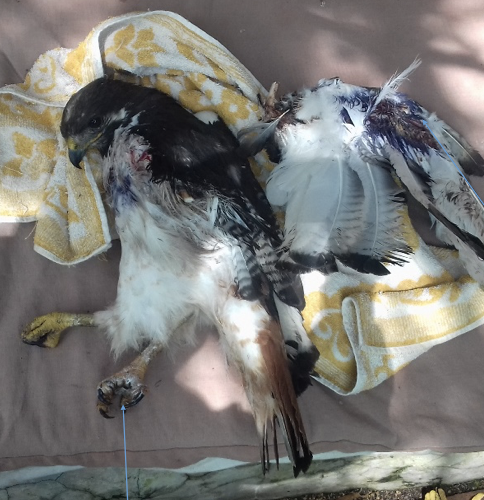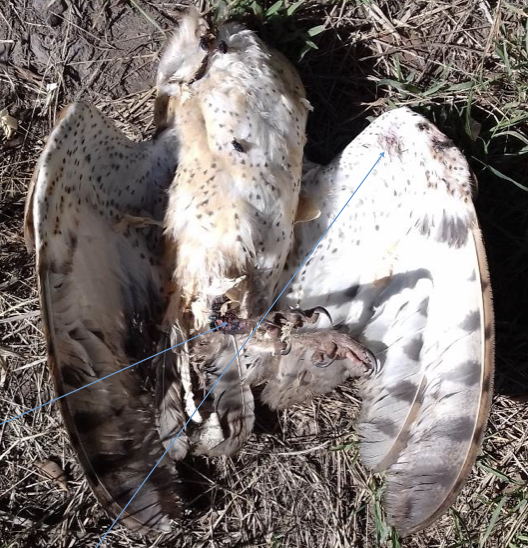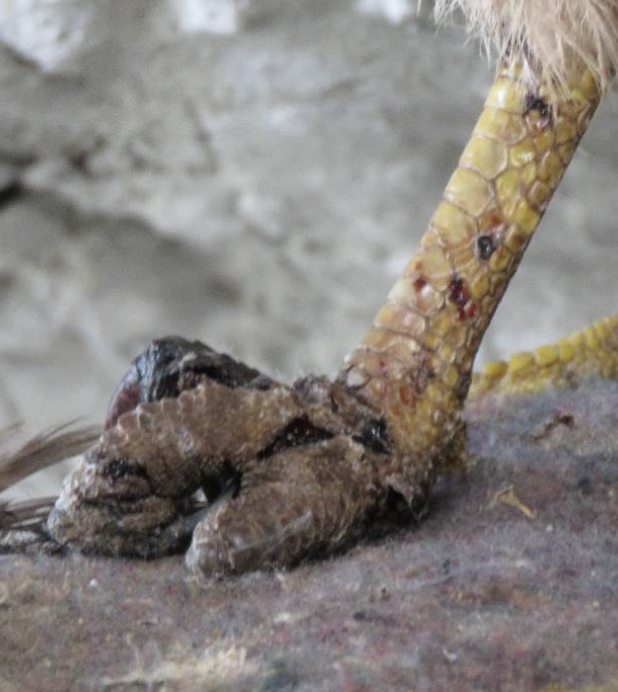Cement Power Poles and Electrocution of Birds of Prey in Kenya
Birds of Prey in Kenya have undergone significant declines since they were first surveyed in Kenya in the 1970s, with many species having decreased by over 70% (Ogada et al, 2022) and some common species like Augur Buzzards declining by up to 90% (Simon Thomsett). Electrocution and impacts with electrical infrastructure are among the leading causes for these countrywide declines and immediately addressing these threats is crucial to preserving our magnificent birds. Contending with these issues also enables Kenya to live up to its commitments under its own National Biodiversity & Biodiversity Strategy Action Plan as well as commitments to The Convention on the Conservation of Migratory Species of Wild Animals (Ogada et al, 2022).
Kenya’s current energy consumption is expected to increase 6 fold by 2031 and plans are underway to dramatically increase the delivery of that power by new transmission cables, crossing landscapes heavily used by Birds of Prey.
Kenya’s raptor populations were recorded during surveys between 1970–1977 and 2003–2020. The encounter rates for 19 out of 22 species examined had fallen dramatically since the first surveys and declines had occurred among all vulture and large eagle species, especially pronounced among once-common small and medium-sized raptors. Based on projected declines over three generation lengths, 45% of the species examined would qualify as nationally Endangered or Critically Endangered (Ogada et al, 2022).
Over the same time period that the researchers documented the worst declines in the country's birds of prey, Kenya’s also experienced a significant increase in electrocuted raptors. Today, 50% of the living birds brought to the Soysambu Raptor Centre, one of Kenya’s principal bird hospitals and rehabilitation facilities, have been electrocuted. Many more are brought in dead, having all ready succumbed to the horrible injuries and burns associated with electricity.
Power distribution travels on overhead pylons and 11KVA to 32KVA power poles that many birds of prey tend to use for hunting and perching. Electrocution and shock tend to occur on the smaller distribution poles, erected by the Kenya Power and Light Company (KPLC) rather than the larger transmission lines which are generally installed by The Kenya Electricity Transmission Company (KENTRACO). When the smaller distribution poles are constructed in a hazardous configuration they become deathtraps especially for perch hunting birds of prey. This is especially evident in the new cement poles that are reinforced with steel. When some birds land on these poles and drop a wing to the lower wire, they complete a circuit allowing the current to travel through their body. This typically burns a wing and an opposite foot in a pattern that rehabilitators have sadly become very familiar with. The majority of shocked birds are able to fly a distance but tend to die later of necrosis (tissue death) at the injury sites. This is often far from the poles and the site of the shock.
Photos above supplied by by Simon Thomsett, Raptor Centre Soysambu
These same poles can easily be constructed in a safe configuration and need not kill any raptor if done properly. Following a simple design implementation that has already been used by KPLC on existing powerlines, a bird-safe line can be produced at no additional cost. The solution is often as simple as lowering the metal cross arm so that the lines are out of reach of perching birds. An excellent example of a line with a configurations like this can all ready be seen on some poles on the Kajiado Rd. On this line you can currently see raptors happily and safely perched on certain poles without issue.
For existing poles that are configured dangerously, simple baffles can be placed on the poles to discourage perching. Also exposed wires that are too close to exposed uprights can be plastic covered to insulate them. The cost to rectify these lines would be minimal and a small investment toward avoiding the legal responsibility for the declines well documented for many years.
Above is a link to a petition asking Kenya Power and Light to consider this issue, to consult and work with The Kenya Bird of Prey Trust and other leading Bird of Prey experts (this has been successfully done in South Africa since the 1990s) and apply their ideas and those here to safeguarding the powerpoles. We can only save our birds by making our concerns public and standing up for the birdlife that makes Kenya so special.
Thanks for your help, Jamie
To know more about our Birds of Prey in Kenya I encourage you to visit the Kenya Bird of Prey Trust and to follow them on social networking. Nobody is doing more to spread awareness of the grave threats faced by our Birds of Prey.
Instagram @kenyabirdofpreytrust
Facebook Kenya Bird of Prey Trust
Soysambu Raptor Centre
Relevant Papers:


